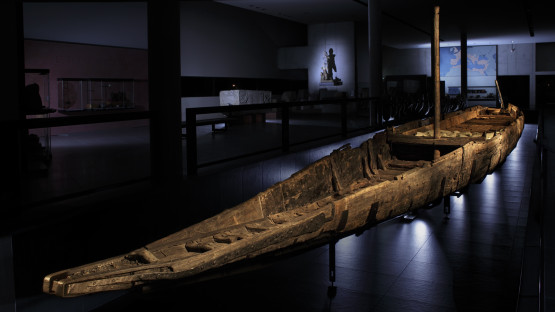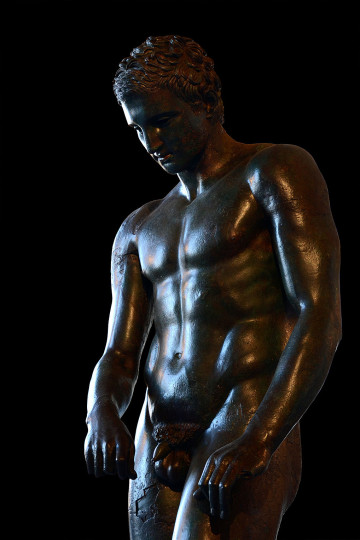Five years later, researchers examined Apoxyomenos again using a high lateral resolution PIXE technique. They found the inlaid lips of the statue to be a very pure unalloyed copper. X-ray radiography revealed how the inlays were inserted and fastened into position, as well as the sophisticated casting and joining techniques of the limbs. The researchers concluded that Apoxyomenos was very clearly a copy of a much older — mid fourth century BCE — statue, made through an indirect lost-wax process casting technique that used an alloy with a low lead composition.
“Accelerator-based techniques have an important role in the characterization of heritage objects, and Apoxyomenos shows us that an approach using several types of analyses is often needed. The IAEA is fostering these applications,” said Bassel. Since 2018, the IAEA and its Members States have promoted the use of Atoms for Heritage, and last year established a strategic partnership with the University of Paris-Saclay in France to enhance the use of nuclear techniques in characterizing and preserving cultural and natural heritage. In collaboration with the IAEA, the university will focus on scientific research and development, and on transferring knowledge to and best practices with experts from around the world.








